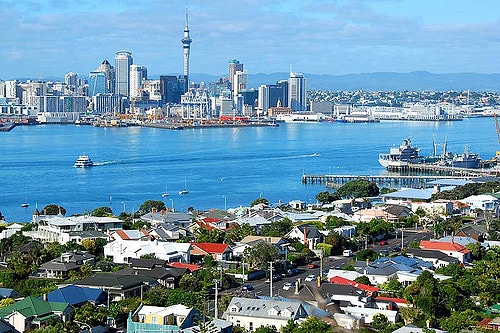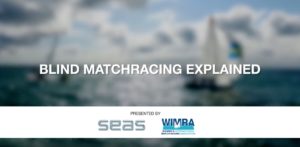America’s Cup: Team New Zealand take lessons from Volvo Ocean Race in planning for spectators

When the Volvo Ocean Race fleet departed from the Waitematā Harbour in March, spectators lined the waterfront like palisades.
Along the waterfront of the Viaduct and Devonport, and all the way up North head, passionate and casual fans alike turned up for a glimpse of the action.
Team New Zealand took notice, and are looking to replicate that experience for the 36th America’s Cup.
The reigning America’s Cup champions revealed their proposed course locations for the 2021 regatta in Auckland, which aims to make racing more accessible for fans than ever before – taking into account the success of the Volvo Ocean Race.
Racing will take place across the wider Hauraki Gulf, running south along the North Shore beaches around North Head. The route will encompass the inner Waitematā Harbour right up to the Harbour Bridge and downtown Auckland, across the city’s eastern suburbs and out the Tamaki Strait between Waiheke Island and Maraetai.
“When the America’s Cup was last here, we were way out in the outer gulf,” says Team New Zealand’s Ray Davies. “Although that was nice steady wind conditions, it was pretty tough for the spectators.
“People are going to be able to see this race course whether you’re on the water or not and that’s pretty special for us to be able to bring it to as many people as possible.”
The designated areas in the Hauraki Gulf and Waitematā Harbour should offer a wide range of race course options, with a full range of wind directions and conditions.
When unveiling the course in the Isle of Wight, Team New Zealand boss Grant Dalton said they were fortunate that the Auckland landscape allowed the team to develop courses which would benefit spectators.
“The one overarching objective in identifying the specific race courses within the race area was to bring the racing as close as possible to the land based spectators,” Dalton says. “We are incredibly lucky to have both North Head and Bastion Point where the public will literally be able to hear the AC75s whistling above the water and see the wind shifts on the water without having to set foot on a boat.”
This story is from the NZ Herald.










